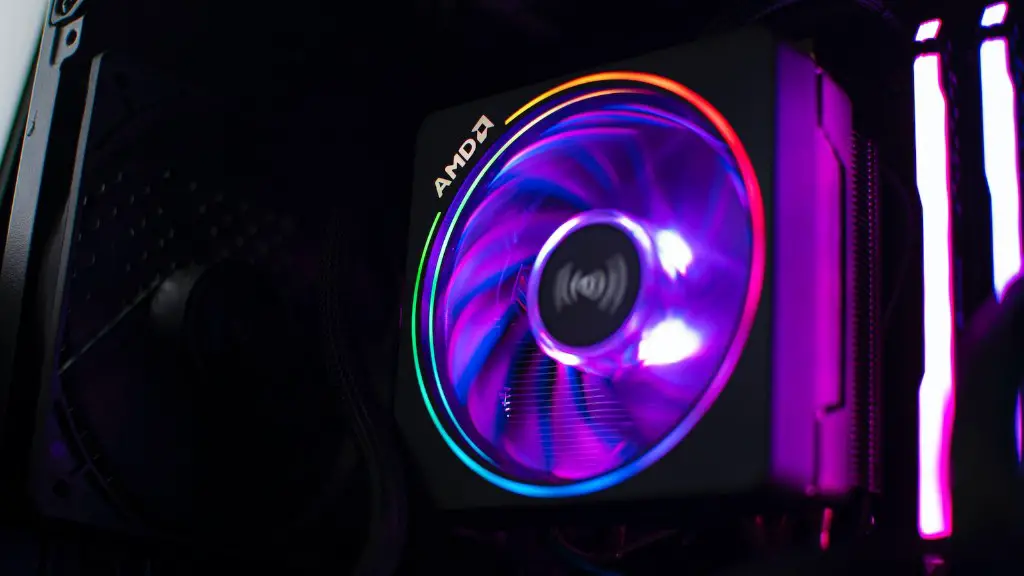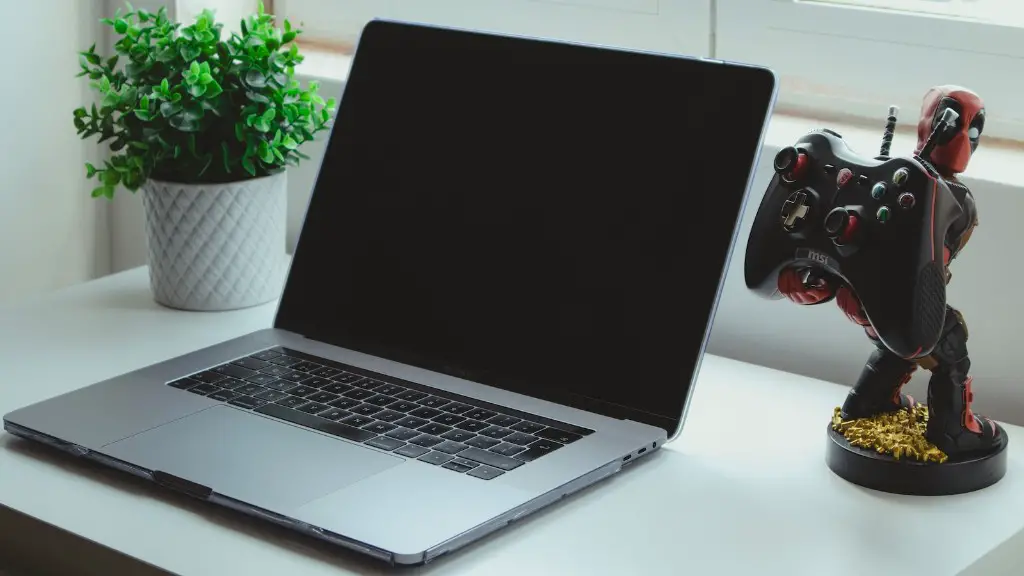People who are serious about gaming need to seriously consider the type, size, and resolution of monitor to use for their gaming activities. The answer to “what is the best size for a gaming monitor?” isn’t easy, as different gamers have different preferences. To determine the best size for a gaming monitor, the gamer needs to consider a few factors such as the type of game they’re playing, the video card they possess, their gaming space, and the distance they’ll be sitting from the monitor.
For maximum immersion and accuracy, it’s generally recommended that you opt for a larger monitor, preferably around 27-inch in size. This size gives gamers a greater viewing area and more detail brought by the higher pixel density – 1080p resolution is the norm here. A larger monitor also means that the characters, enemies and environment of the game will be larger and more persuasive in their immersion. With this size, any objects that are in the player’s periphery are more powerful and immersive.
A small monitor might be the way to go if you’re trying to keep up with the latest games and keep your computing experience budget-friendly. You may get a decent 24- or 25-inch monitor for less cost. You don’t need as much detail or a large viewing area, so you can save on your gaming budget. This size will be sufficient for most racing, sports, and puzzle games. However, these monitors will struggle to deliver the same detail as bigger monitors when displaying more resource-heavy games.
Another factor to consider is the type of display. Monitors used for gaming generally come in two options – an LCD display or an LED display. While LCD displays are generally considered to give better image quality, LED displays tend to be a better choice for gaming due to the faster response times. LED displays also allow gamers to take advantage of the faster refresh rates available in modern gaming monitors, which can provide more responsive gameplay.
Finally, it’s also important to consider the distance between your eyes and the monitor. It’s generally recommended that gamers sit no closer than 24 inches from their monitors. Sitting too close can lead to strain on the gamer’s eyes, which can in turn lead to headaches or sore eyes after long gaming sessions.
Monitor Resolution
When it comes to resolution as it pertains to gaming, bigger is not always better. While a higher resolution screen does allow for more detailed visuals and a wider viewing angle, it can also require a more powerful gaming setup in order to take full advantage of it. A higher resolution monitor also consumes more power, which can add to your electricity bill. If you are playing a game with a slower frame rate, the higher resolution monitor can actually be more detrimental to your gaming experience — you’ll be able to see the flaws in the game more clearly.
On the other hand, a lower resolution monitor doesn’t always limit your gaming experience. Increasing the resolution can make fast-paced gaming feel more fluid due to the higher frame rate, and it can provide a greater level of detail, particularly in RPGs or certain open-world games. The decision of whether to go up or down in resolution depends on the type and graphic demands of the games you’re playing.
Comparing Monitor Refresh Rates
The refresh rate of a monitor is an important factor to consider when selecting a gaming monitor. A faster refresh rate can make a game appear smoother, while a slower refresh rate can result in choppier visuals. The refresh rate is measured in Hertz (Hz), with higher numbers indicating faster refreshes. Most gaming monitors range from 60 to 144 Hz, with some newer monitors now reaching up to 240 Hz. The higher the refresh rate, the smoother the motion of the game, as the frames are rendered faster.
A higher refresh rate also allows for better response times. Response time measures the time it takes for a pixel to change from one color to another. Lower response times can mean an overall smoother experience, especially in multiplayer games. Response time is measured in milliseconds (ms), and most gaming monitors range from 1 to 5 ms. Lower response time monitors are preferable for gamers who are looking to play online shooters or fighting games, as it will make all the difference in achieving the split-second response times that can be the difference between victory or defeat.
Ports, Frames and Curved Monitors
Monitors come with a variety of ports on them which allow you to connect your gaming setup to the monitor. HDMI and DisplayPort connections are the two main ports used by gamers. HDMI connects your gaming system to the monitor via an HDMI cable, while DisplayPort is a digital connection that can transmit both audio and video. Many of today’s gaming monitors also come with USB ports, which are great for connecting peripherals such as a mouse, keyboard, or headset.
Another factor to consider is the frame of the monitor you intend to buy. Gamers have the choice between a frameless or bezel monitor. A frameless monitor does not have bezels on either side of the screen, giving it a more immersive look. This can add to the overall gaming experience. On the other hand, a bezel monitor has frames around the screen, which can make the viewing experience more comfortable for those who prefer the more traditional design.
Finally, curved monitors are becoming increasingly popular among gamers. A curved monitor is designed to provide a more immersive experience due to the wider viewing angle. However, curved monitors can be slightly more expensive than their flat-screen counterparts and may not be compatible with certain games.
Syncing and Overclocking
One of the keys to maximizing your gaming performance is to ensure that your monitor is running at its optimal settings. Some gaming monitors come with FreeSync or G-Sync technology, which improve the synchronization between your monitor and the graphics card by preventing screen tearing and stuttering. These features can make a noticeable difference in competitive gaming and reduce input lag, which can be the difference between winning or losing a game.
A gaming monitor should also be able to be overclocked. Overclocking a monitor allows you to run the display at a higher refresh rate than its standard rate. This can be a great way to improve performance in games that demand a higher frame rate. It’s important to note, however, that in some cases overclocking may void the manufacturer’s warranty, so be sure to double-check before attempting it.
Conclusion
When choosing a gaming monitor, it’s important to consider a variety of factors. The type of game you’re playing, the video card you have, the distance you’ll be sitting from the monitor, the refresh rate and resolution, and the ports and frames of the monitor should all be considered. Additionally, some gaming monitors may come with features such as FreeSync and G-Sync, which can help to synchronize the graphics card with the monitor. Finally, overclocking can be an effective way of boosting the performance of your gaming monitor, though it’s important to note that it may void the manufacturer’s warranty.

